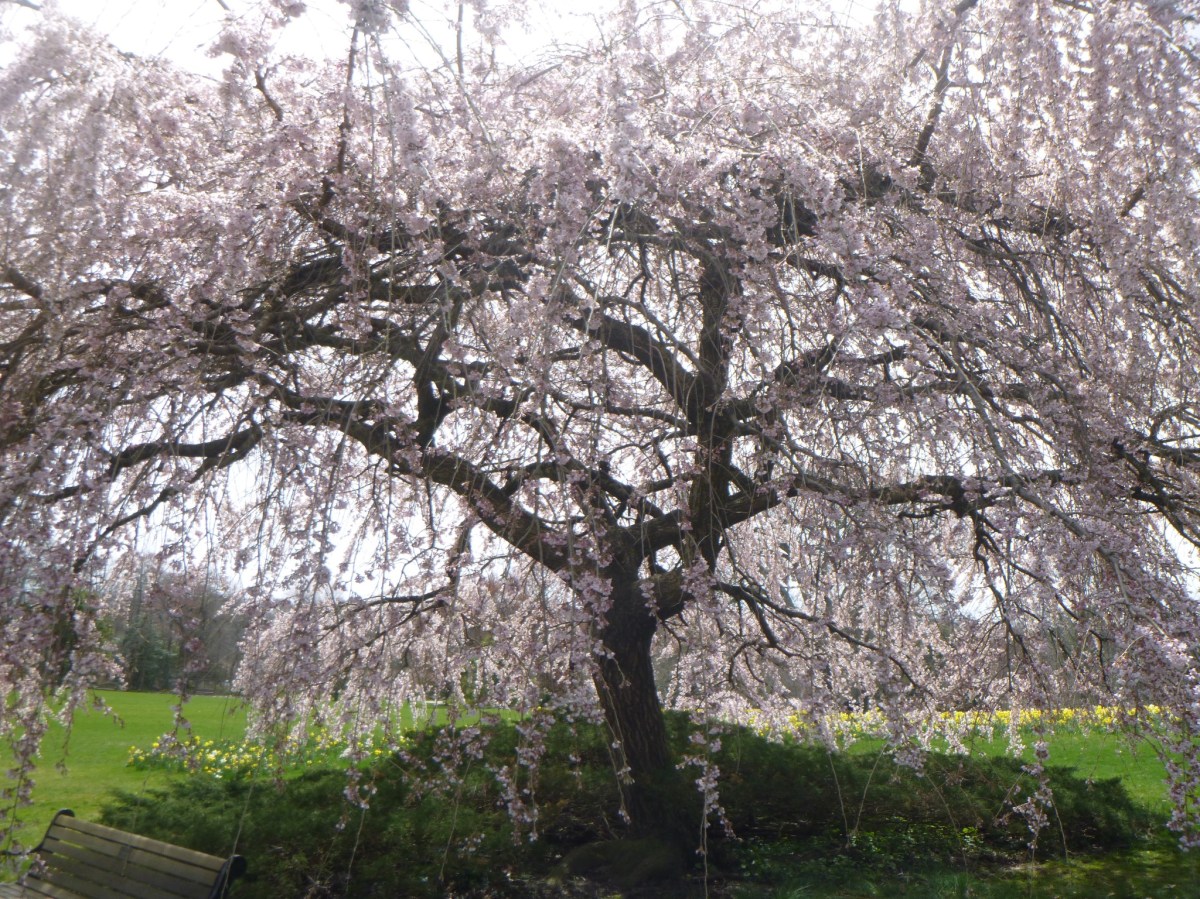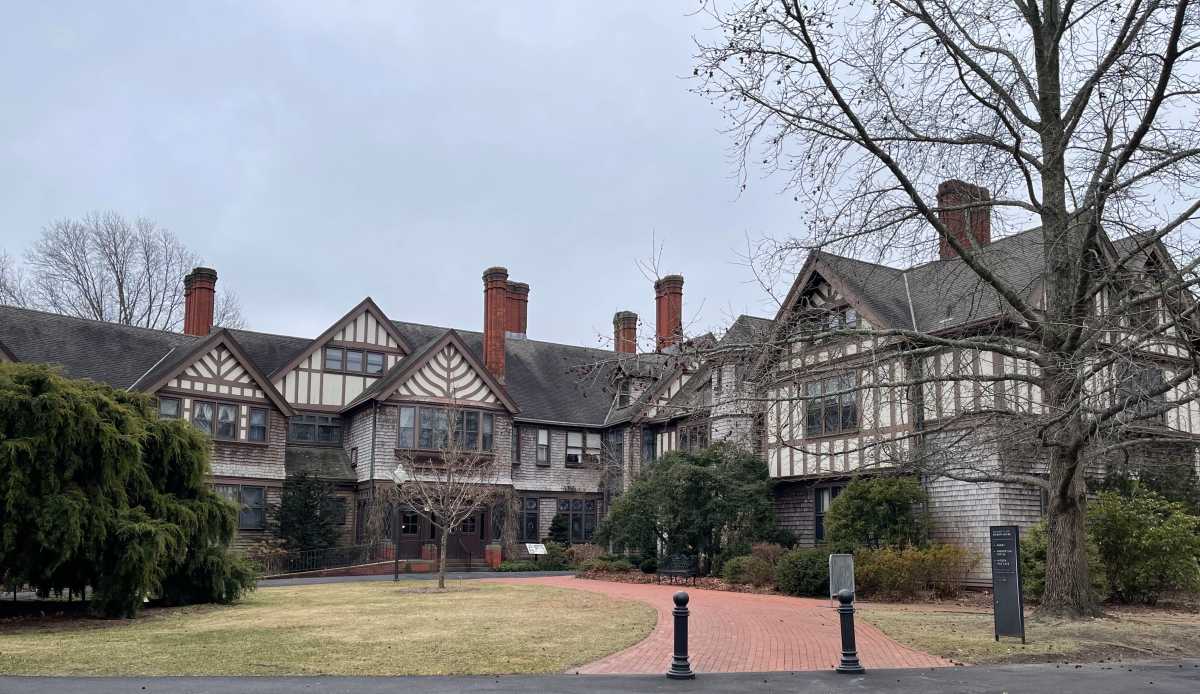Before the Long Island State Parks Commission accessed Bayard Cutting Arboretum, Olivia Cutting James made this statement in 1934 when she proposed donating her late father’s estate:
“In this world of ever-increasing tension, hurry, and noise, there will still be many who crave and need the refreshment of beauty and of quiet… the gradual real estate development and the building up of what used to be unrestricted country has removed the former freedom of country life, which has now become essentially suburban. Furthermore, equivalent country estates, with their civilized and harmonious atmosphere, are disappearing and will soon no longer be available even to the privileged few. My hope is that Westbrook, small as it is, may contribute something to the need created by these conditions.”
Today it is the crown jewel of public spaces along the South Shore, if not the entire Long Island.
William Bayard Cutting was born to a well-to-do New York City merchant family but expanded his fortunes through his railroad and real estate development investments.
In April of 1877, he married Olivia Murray, and both were in the market for a country estate. The Town of Islip along the Connetquot River was becoming a destination for its scenic beauty, fishing, hunting, and boat racing.
K. Vanderbilt bought 900 acres in neighboring Oakdale and later constructed his Idle Hour estate. The former Snedecor Tavern, a stop on a stagecoach line, had become the prestigious South Side Sportsman Club, hosting Andrew Carnegie and other members of the Vanderbilt family. One notable area, Youngsport (present-day Great River), was home to George L. Lorillard, owner of the Lorillard Tobacco Company, which would later manufacture cigarette brands such as Newport, Kent, Maverick, and Old Gold.
Lorillard Tobacco became the longest-operating tobacco company in America until 2015, when it was purchased for $27.4 billion by Reynolds Tobacco Company. George, a yacht enthusiast, was drawn to the area due to its proximity to the docks, which were built decades earlier by boat builder Eratus Young. After purchasing 1,000 acres of land, which he named Westbrook, George not only pursued his sailing hobby but also established a successful thoroughbred horse breeding business.
In 1884, Bayard purchased Westbrook for $125,000 and began the development of a 60-room Tudor Revival manor house designed by Charles Haight. The finished manor included a billiard room, smoking room, and 20 fireplaces, one of which was carved in the 1500s.
The main entrance into the house was constructed with preaged English oak and Tiffany stained glass windows. The total construction cost was $150,000 for the main house and an additional $40,000 for the carriage house.
The unique feature of the estate was the design of the surrounding garden, which is home to various species of trees, including Chinese Minn Fir, North African Blue Cedar, Swiss Stone Pine, Greek Fir, Oriental Spruce, Blue Spanish Fir, and a Japanese Alcock Spruce.
Frederick Law Olmsted, the head designer of Central Park, selected the trees, constructed ornamental walking paths, and designed the layout of creeks traversing the Cutting’s estate grounds.
Additional acreage of the property was transformed into a golf course, which hosted an annual Bayard Cutting Cup championship game. The socialite scene at the Cutting Estate included English-themed tea parties that hosted Theodore Roosevelt’s cabinet and the Vanderbilt family. However, the parties came to an end in 1912 with the death of William Bayard Cutting.
As time passed, the Cutting descendants negotiated with Long Island Parks Commissioner Robert Moses to create a state park from the property. The construction of Moses’s Heckscher State Parkway and its connector to the Southern State provided direct access to the Cutting estate.
By 1954, the Cutting estate was renamed Bayard Cutting Arboretum and opened to the public. To guarantee the upkeep of the exotic garden, the Cutting family created a million-dollar endowment. Upon its opening, the media called the new park a “country estate for the people.” The mantra is reinforced by the estimated 500,000 visitors each year and growing.
Incorporated with tranquility, guests can enjoy the Cutting family’s over 140-year legacy through the on-site café within the main manor house. The café serves Victorian Tea, including scones, on the back deck facing the Connetquot River. Feeding into the interest of the half a million visitors, the Cutting Manor House was featured in the HBO hit show The Gilded Age.
To accommodate the growing number of guests, the arboretum has completed construction on a new visitor center and 248 additional parking spaces. The $9.3 million additions were partially funded by the Bayard Cutting Board of Trustees, which was established through the over 70-year-old Cutting Family endowment to ensure that the estate and its legacy endure for centuries to come.



























